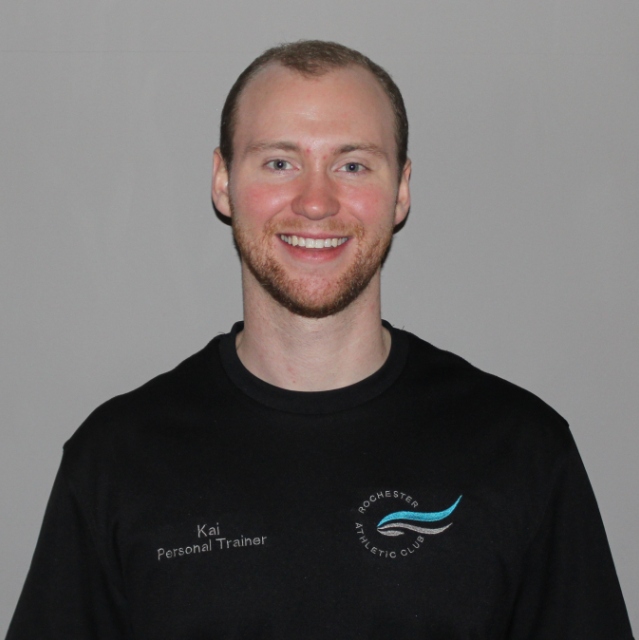There are many reasons why members join a fitness facility. Most wish to improve their mental and physical health. In the process of seeking that betterment, no one is completely immune to soreness. This blog will focus on how to eliminate and diminish persistent aches and pains.
What is soft tissue?
Soft tissue is a broad term. It can describe any tissue that surrounds the bone and cartilage structures throughout the body. One main component of soft tissue that I will focus on is myofascial tissue, the connective tissue within muscles. As muscle structures grow, the stiff connective tissue needs to be stretched and manipulated in order to create more space.
What does soft tissue maintenance entail?
Soft tissue maintenance focuses on releasing tight structures within the body. Moreover, the nervous system needs to relax as well. When the nervous system releases it helps to reduce muscle tension and soft tissue tautness.
What methods can be implemented to release soft tissue tightness and pain?
1. Massage
Massage is one of the most common forms of soft tissue maintenance. It can be useful for releasing muscle tension and soreness. The most common option is having a trained massage therapist kneed the specific area. In my personal opinion, using a masseuses’ trained skills are very effective.
There are other methods of massage as well. Pulsating machines are becoming more effective at releasing tension through relaxing both the muscles and the nervous system. Some automated massagers are now designed to pulse at certain frequencies that actually interrupt the communication of the peripheral nervous system to the central nervous system. When the signal is interrupted, the muscle fully relaxes.
2. Foam Rolling
Foam Rolling, or self-myofascial release, is another excellent form of soft tissue maintenance. Rolling simulates the effects of a massage by actually applying enough pressure to slightly break up the myofascial tissue in making it more flexible throughout the muscle structure. Foam rolling is self-controlled including the target and the amount of pressure applied.
3. Heat and Cold Therapy
These are additional solutions for more extreme or short term situations. They are often utilized during the recovery time after an injury. Heat therapy, or thermotherapy, along with cold therapy, otherwise known as cryotherapy, have opposite effects on soft tissue structures.
- Cryotherapy is more useful immediately following an injury to soft tissue. It reduces the contraction strength and nervous system activity. There is also a reduction in surrounding blood flow and swelling functions. Inflammation is an effective method the body uses to reduce soft tissue movement providing indications that something maybe wrong. The less inflammation the more effectively the body can operate throughout the repair process.
- Heat Therapy, or thermotherapy, is also useful to reduce pain and tissue inflammation. It helps to increase blood flow throughout the area of focus. More blood flow means more nutrients, oxygen and repair mechanisms circulate through the area where thermotherapy is applied.
The order of application for cryotherapy and thermotherapy are important; cryotherapy should always be applied last in order to avoid excessive swelling. When thermotherapy is applied last, the increased blood flow will pool in the injured area. The additional pressure will push excess water into areas between the soft tissues. The excess water and plasma that is pressed between the tissues inhibits the repair process.
One word of caution with cryotherapy, tissues that are iced extensively over long periods can become very stiff. So for tendinitis and other chronic soft tissue issues make sure the soft tissue receiving the cold treatment is in an extended, usually a bent joint, position.
4. Stretching and Flexibility
This is the last, but not least, area to focus on. So many people shy away from this option because they believe they are are not flexible. There is always a potential for improving flexibility. With more supple soft tissues, joint health can be at least maintained if not increased while surrounding pain is minimized. There are three stretching methods including static, dynamic and PNF (proprioceptive neuromuscular facilitation.)
- Static Stretching is the reach and hold position where slight muscle discomfort may be present. Holding a particular position for a combined time of at least 60 seconds with no smaller increments than 10 seconds is recommended. Static stretching is useful after an exercise session since it desensitizes the muscle receptors. It is not suggested to static stretch prior exercising as it can actually increase soft tissue injury risk.
- Dynamic Stretching is a series of movements throughout the maximal range of motion. A few specific movement examples include walking toe touches, butt kicks, high knees or walking lunges with an overhead reach. When performing dynamic stretches, make sure to pause slightly when the stretch is noticeable and always remain in control. A series of ten to fifteen repeated movements can provide noticeable results. Ramping up in intensity over time, dynamic stretches can be a great way to start the exercise session.
- PNF (Proprioceptive Neuromuscular Facilitation) Stretches are best performed with a trained professional. They involve a series of contract and hold positions, immediately followed by a relax and stretch pattern throughout the range of motion. This technique is used for very tight muscles. The goal is to increase range of motion slightly beyond the range held for a static stretch. This method is best used after an exercise session as there is risk of muscle desensitization during the PNF stretching process.
In Conclusion
Soreness and pain can get in the way of our daily lives. By implementing consistent use of varied methods, healthy soft tissue structures can be supported and maintained. Limited tightness and stress on bone and joint structures can craft a pain free lifestyle. Health is an investment, not an expense. Invest in your health today by using these soft tissue maintenance techniques as an integral part of your fitness routine.

Kai Giese
Kai has an Exercise Science degree through Winona State University and has attained a NETA Certification in personal training. He likes to kayak, hike, ride bike and fish during warm weather. During the cold months Kai likes to snowboard, play hockey and spend time with friends and family.
Contact Kai Giese



